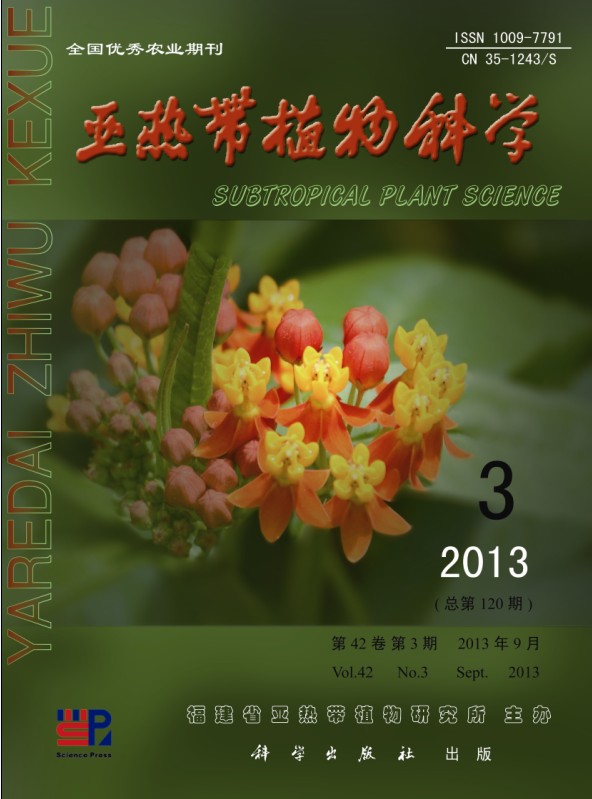|
|
The Preliminary Research of Antibacterial and Antifungal Activity of Extract from Eclipta prostrata
OUYANG Pu-yue,Liang Yong-shu,MO Xiao-lu,CHEN Gong-xi,SHENG Long-qiang
2013, 42(03):
199-204.
DOI: 10.3969/j.issn.1009-7791.2013.03.003
Through the bacteriostatic test of extract from Eclipta prostrata, one of medical plants in the west of Hunan, the results are as follows. (1) The antibacterial substance only exists in the petiole and rhizome. (2) The minimal inhibitory concentration of the extract on Staphylococcus aureus, Escheichia coli, Bacillus subtilis, Micrococcus luteus are 0.6, 2.0, 0.8, 1.0 g/mL respectively; the minimal bactericidal concentration all are 1.0 g/mL; but it is ineffective on Aspergillus niger. (3) In order to get the extract that has the optimum antibacterial effect, the solvent should be alkaline 65% ethyl alcohol. The bacteriostatic test by different polar solvent shows that the antibacterial substance easily dissolved in non-polar solvent such as petroleum ether, ethyl ether. (4) The extract may be flavone substance.
References |
Related Articles |
Metrics
|
